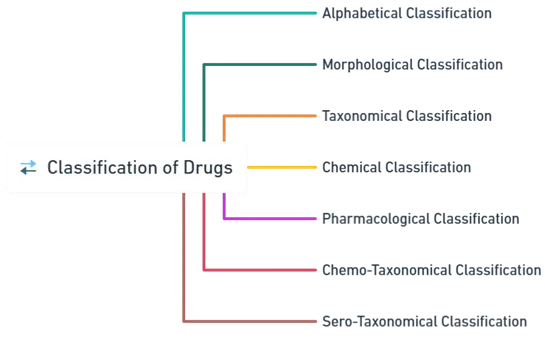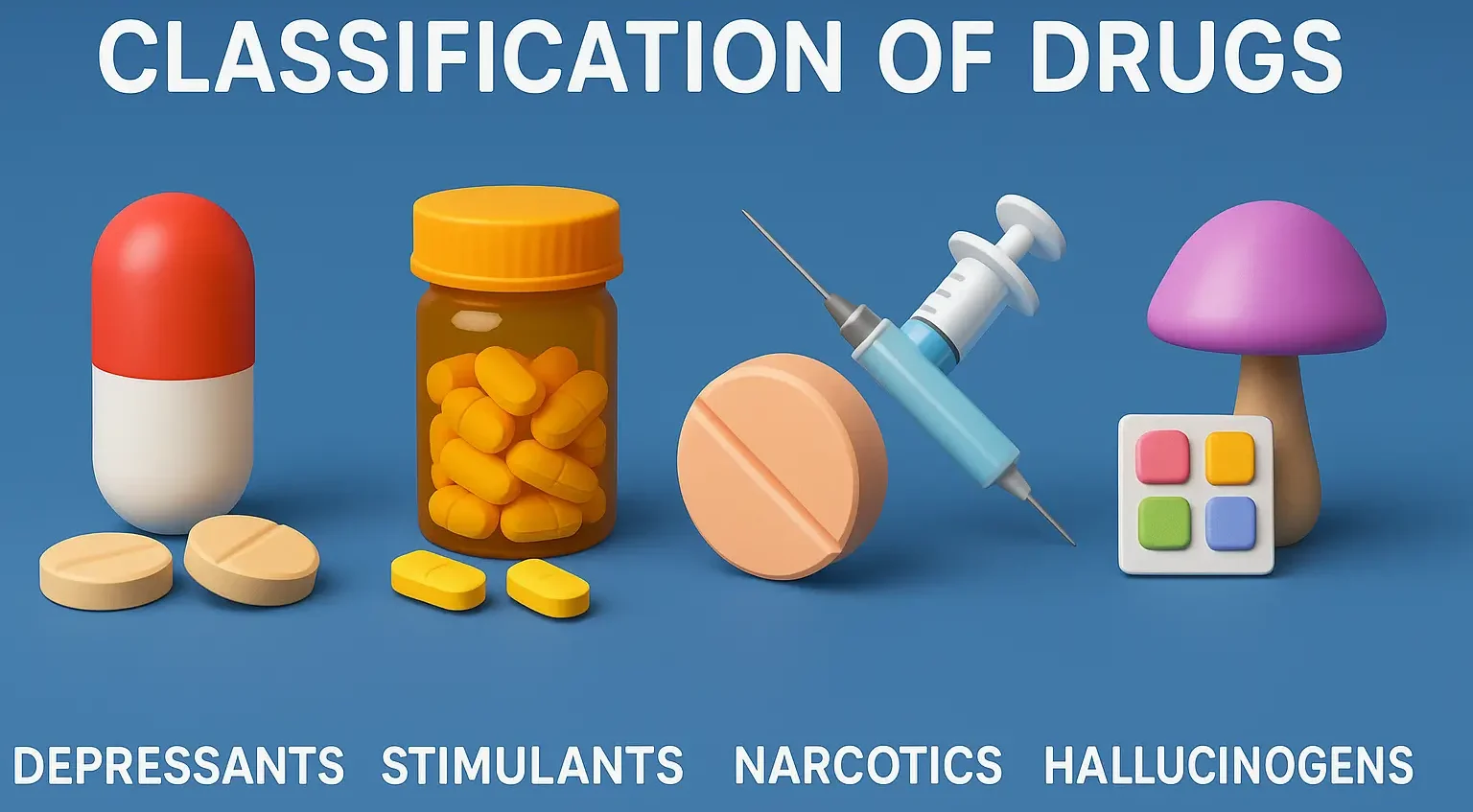- The classification of drugs is a fundamental aspect of pharmacognosy and pharmacology, facilitating the systematic study, identification, and utilization of medicinal substances.
- Drugs can be classified based on various criteria, each highlighting different characteristics and applications.
- The primary classification methods include:
- Alphabetical Classification
- Morphological Classification
- Taxonomical Classification
- Chemical Classification
- Pharmacological Classification
- Chemo-Taxonomical Classification
- Sero-Taxonomical Classification

Importance of Drug Classification
-
Facilitates Learning and Memorization:
- Organized information aids students and professionals in mastering pharmacological concepts.
-
Aids in Drug Discovery and Development:
- Understanding relationships between drugs can lead to the discovery of new therapeutic agents.
-
Enhances Clinical Decision-Making:
- Pharmacological classification helps healthcare providers choose appropriate treatments based on drug actions.
-
Supports Regulatory Processes:
- Classification assists in the standardization and regulation of drugs for safety and efficacy.
-
Promotes Research and Innovation:
- Identifying patterns and relationships fosters innovative approaches in medicinal chemistry and pharmacognosy.
Advertisements

